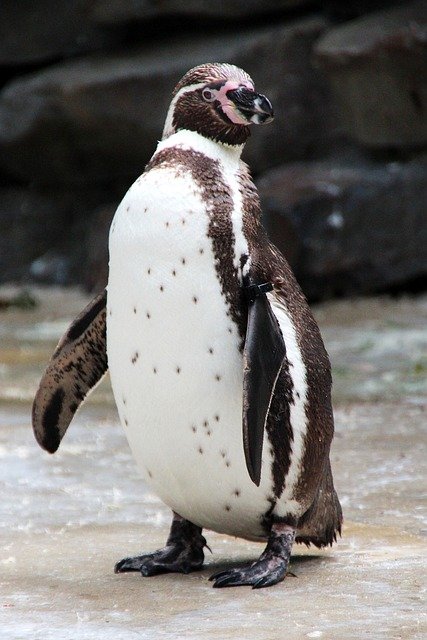
The Climate Change Challenge: How Rising Temperatures Are Impacting Penguin Populations
Introduction
As the planet warms due to climate change, various ecosystems are being affected, and one of the most vulnerable groups of animals facing these changes are penguins. These iconic birds, known for their unique adaptations to cold environments, are experiencing significant challenges as rising temperatures disrupt their habitats and food sources.
The Impact of Rising Temperatures
Habitat Loss
Penguins primarily inhabit the Southern Hemisphere, where they rely on cold environments, particularly in regions like Antarctica and sub-Antarctic islands. As global temperatures rise, ice sheets and glaciers are melting at alarming rates. This loss of ice not only reduces the available habitat for penguins but also affects breeding grounds and nesting sites.
Changes in Food Availability
Penguins are dependent on a stable supply of krill and fish, which are sensitive to temperature changes. Warmer waters can lead to shifts in the distribution of these prey species, making it more challenging for penguins to find food. For instance, the decline of sea ice impacts the growth of phytoplankton, which is the foundation of the marine food web. With less food available, penguin populations may struggle to thrive.
Increased Competition and Predation
As climate change alters ecosystems, penguins may face increased competition for food from other marine animals. Additionally, warmer temperatures can enable predators like seals and birds to encroach on penguin habitats, further threatening their survival.
Case Studies
Emperor Penguins
Emperor penguins, the largest of all penguin species, are particularly vulnerable. Recent studies have shown that certain colonies are experiencing significant declines due to the loss of sea ice. For example, the Halley Bay colony in Antarctica has seen a decrease in population due to reduced breeding success linked to warming temperatures.
Adélie Penguins
Adélie penguins are another species facing challenges. While some populations in the Antarctic Peninsula are adapting to changing conditions, others are declining due to habitat loss and food scarcity. The shift in the timing of ice melt affects their breeding cycles, leading to mismatches in food availability during critical periods.
Conservation Efforts
To combat the impacts of climate change on penguin populations, various conservation strategies are being implemented:
- Protected Areas: Establishing marine protected areas can help safeguard critical habitats and ensure the availability of food sources.
- Research and Monitoring: Ongoing research is crucial to understand the specific impacts of climate change on different penguin species and to track population changes over time.
- Public Awareness: Raising awareness about the effects of climate change on penguins can foster public support for conservation initiatives and climate action.
Conclusion
The challenges posed by rising temperatures due to climate change are significant for penguin populations worldwide. As these remarkable birds face habitat loss, food scarcity, and increased competition, it is imperative that we take action to protect their environments. By supporting conservation efforts and addressing climate change at its root, we can help ensure a future for penguins and the ecosystems they inhabit.
References
By understanding the plight of penguins in the face of climate change, we can work towards solutions that protect these fascinating creatures and their habitats for generations to come.
